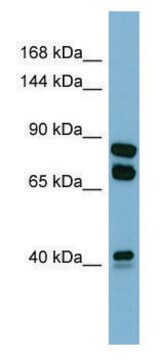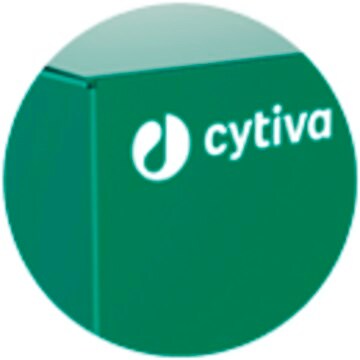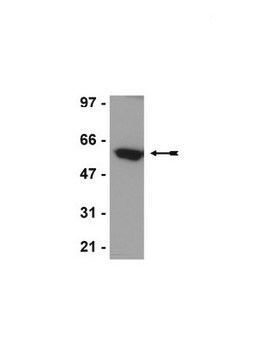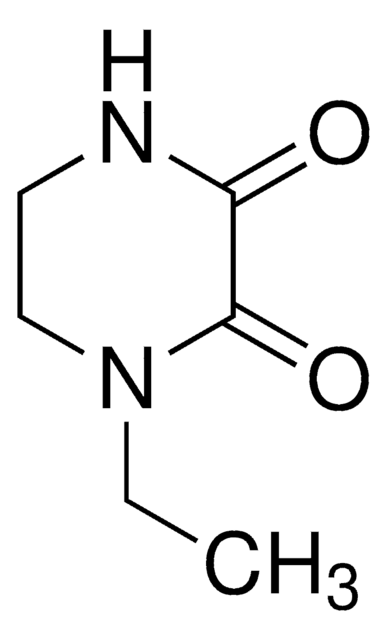ABS1675
Anti-PXDN/VPO1 Antibody
from rabbit, purified by affinity chromatography
Synonym(s):
Peroxidasin homolog, hsPxd01, Melanoma-associated antigen MG50, p53-responsive gene 2 protein, Vascular peroxidase 1
About This Item
Recommended Products
biological source
rabbit
Quality Level
antibody form
purified antibody
antibody product type
primary antibodies
clone
polyclonal
purified by
affinity chromatography
species reactivity
bovine, mouse, human
technique(s)
immunohistochemistry: suitable (paraffin)
immunoprecipitation (IP): suitable
western blot: suitable
NCBI accession no.
UniProt accession no.
shipped in
wet ice
target post-translational modification
unmodified
Gene Information
human ... PRG2(5553) , PXDN(7837)
General description
Specificity
Immunogen
Application
Immunoprecipitation Analysis: A representative lot immunoprecipitated all the radiolabelled VPO1 from the culture supernatant, but not from cell lysates, 20 hrs after an initial 20-min [32S]-Met pulse labeling of HEK293 cells stably expressing transfected VPO1 (Cheng, G., et al. (2011). Free Radic. Biol. Med. 51(7):1445-1453).
Western Blotting Analysis: A representative lots detected cellular VPO1 in total cell lysate and secreted VPO1 in concentrated culture medium following histone deacetylase inhibition by NaBu (Cat. No. 567430) treatment of HEK293 cells stably expressing exogenously transfected VPO1 (Cheng, G., et al. (2011). Free Radic. Biol. Med. 51(7):1445-1453).
Western Blotting Analysis: A representative lot detected VPO1 in human, mouse, and bovine sera samples, as well as a time-dependent cellular VPO1 upregulation in lysates from LPS- or TNF-alpha-stimulated HUVECs (Cheng, G., et al. (2011). Free Radic. Biol. Med. 51(7):1445-1453).
Quality
Western Blotting Analysis: 2.0 µg/mL of this antibody detected VPO1 in 10 µg of human plasma.
Target description
Physical form
Other Notes
Not finding the right product?
Try our Product Selector Tool.
Storage Class Code
12 - Non Combustible Liquids
WGK
nwg
Flash Point(F)
Not applicable
Flash Point(C)
Not applicable
Certificates of Analysis (COA)
Search for Certificates of Analysis (COA) by entering the products Lot/Batch Number. Lot and Batch Numbers can be found on a product’s label following the words ‘Lot’ or ‘Batch’.
Already Own This Product?
Find documentation for the products that you have recently purchased in the Document Library.
Our team of scientists has experience in all areas of research including Life Science, Material Science, Chemical Synthesis, Chromatography, Analytical and many others.
Contact Technical Service







